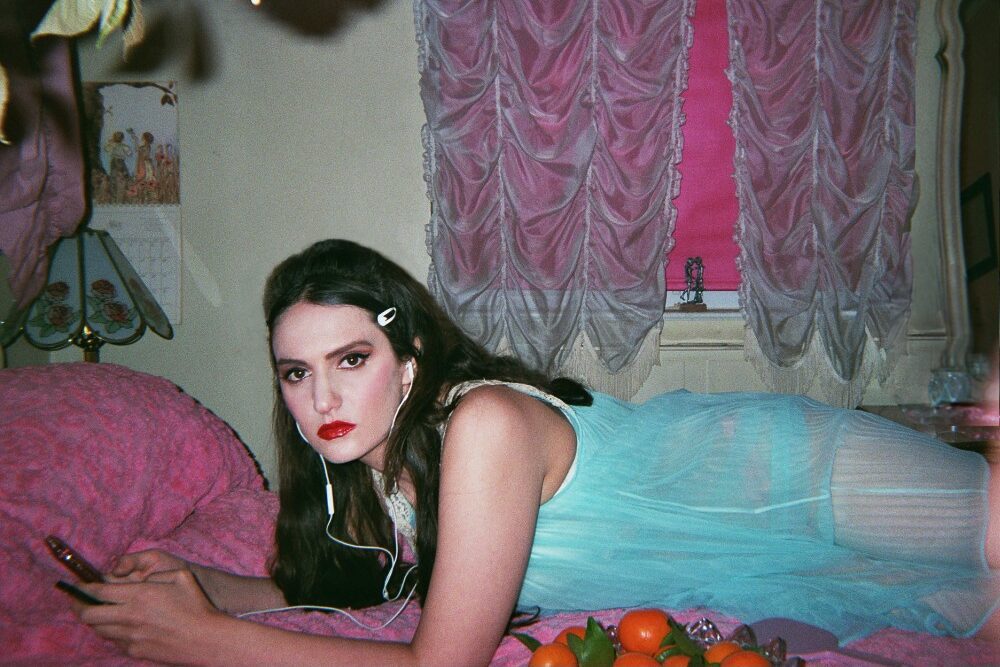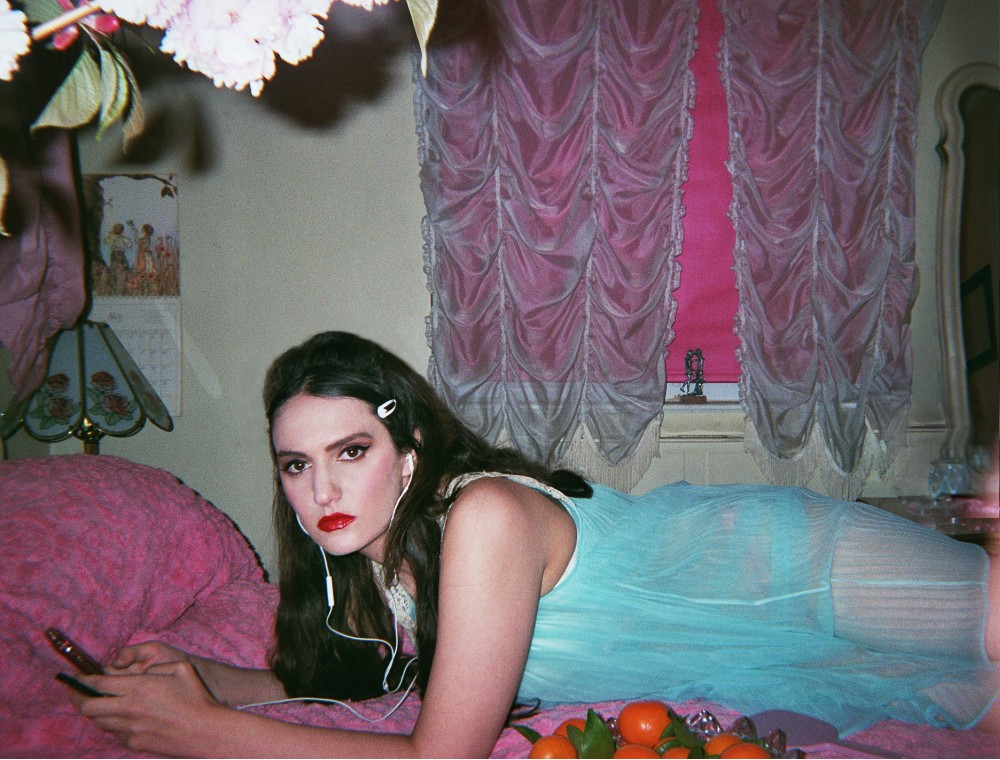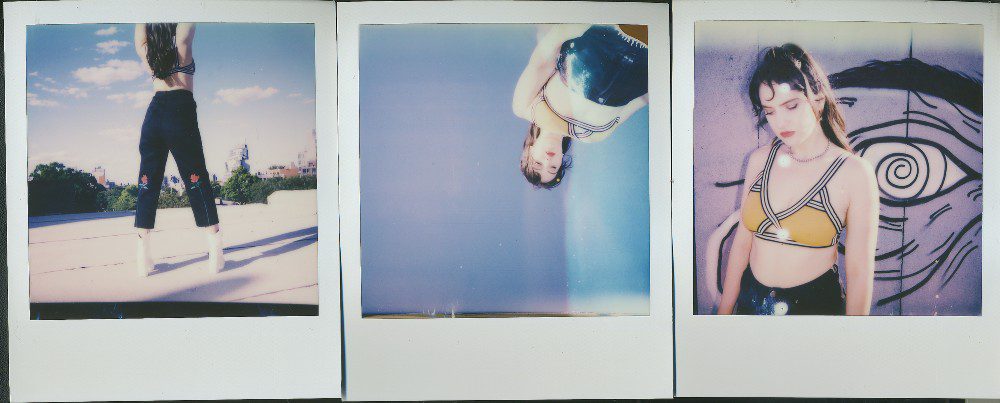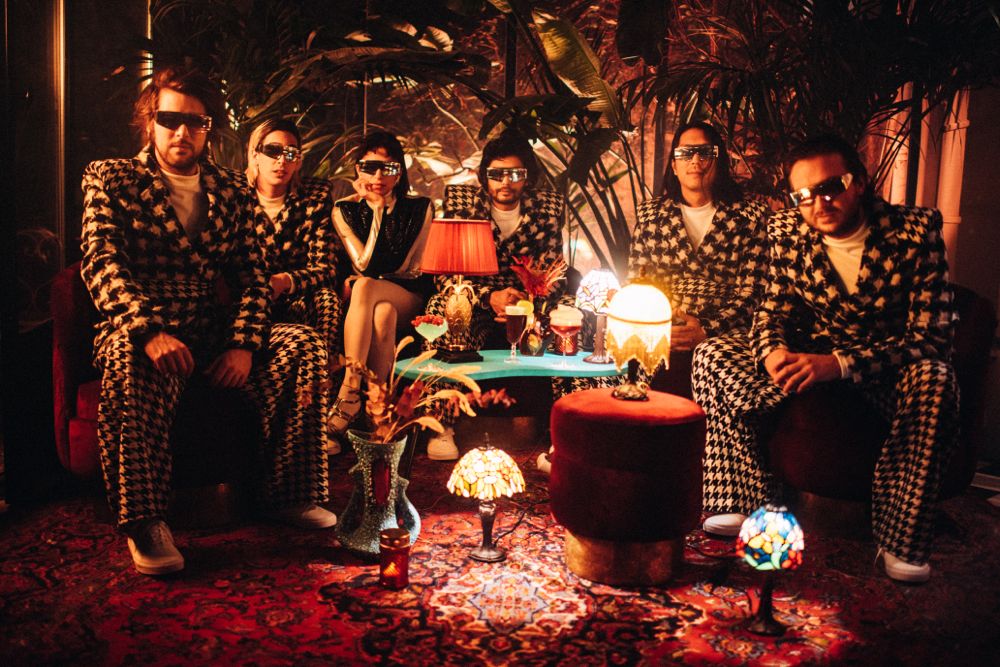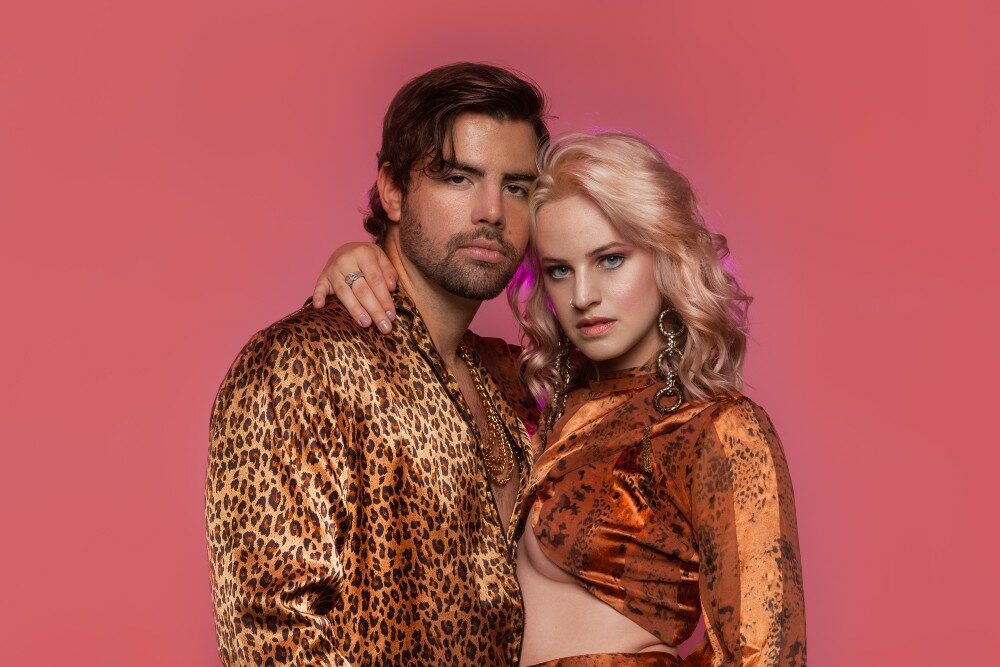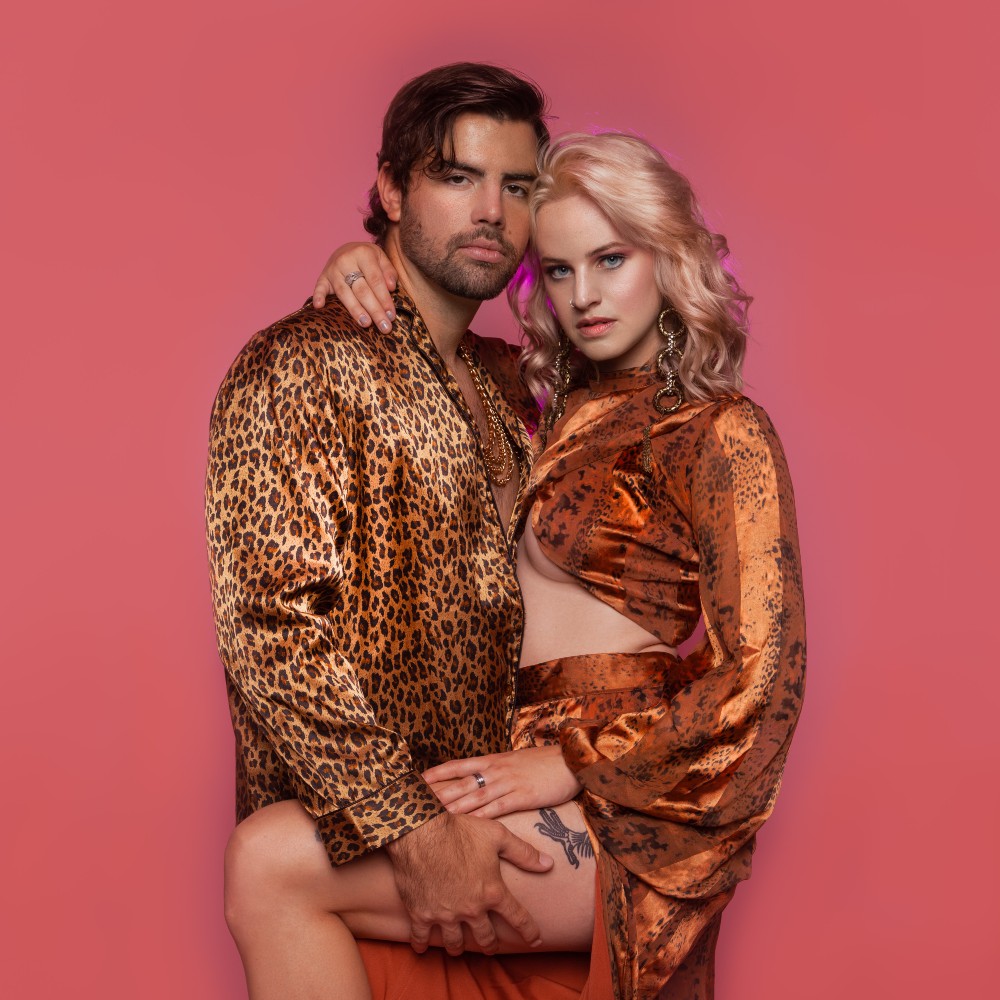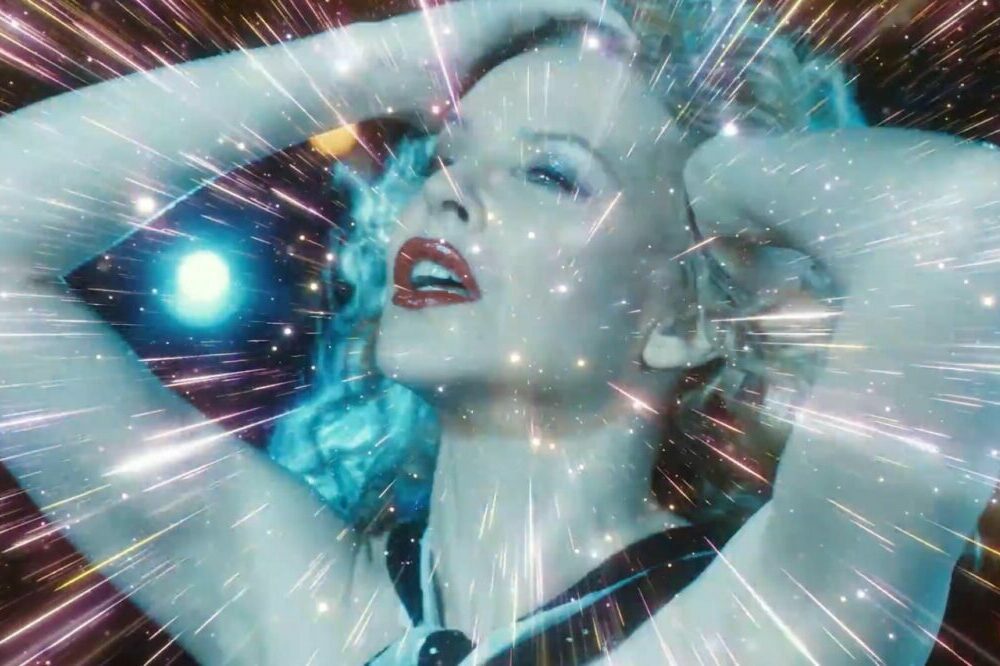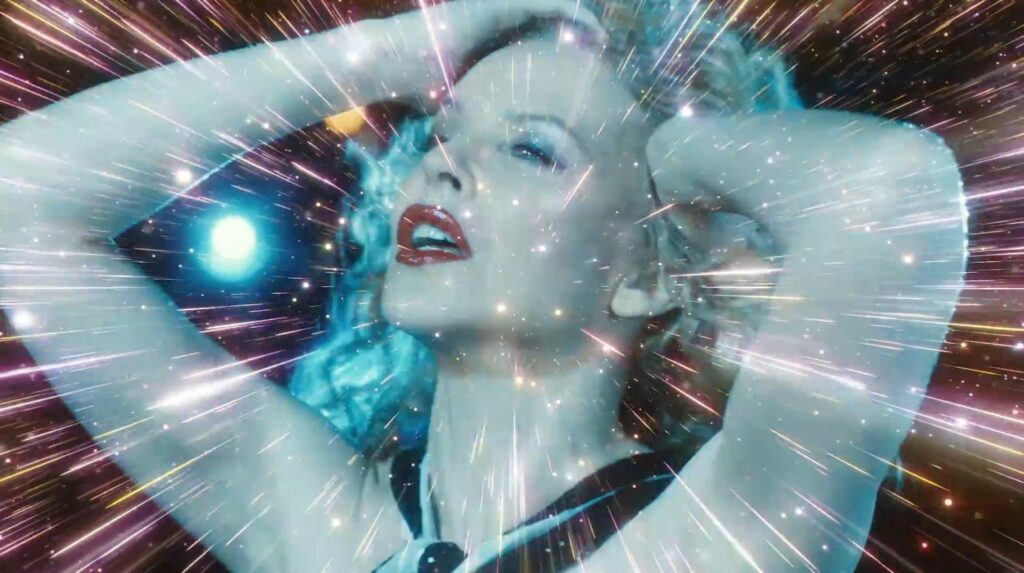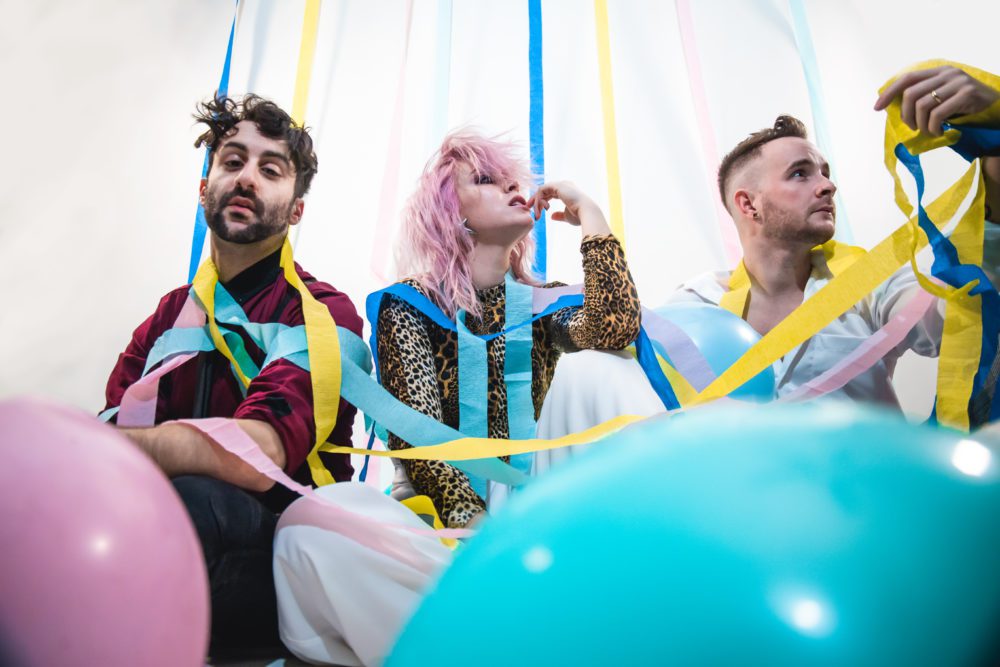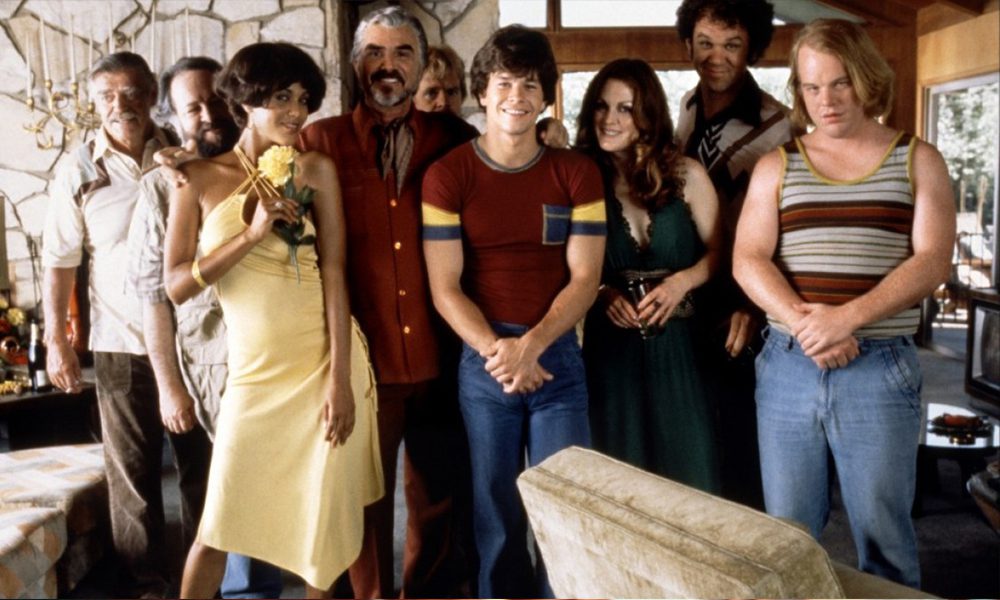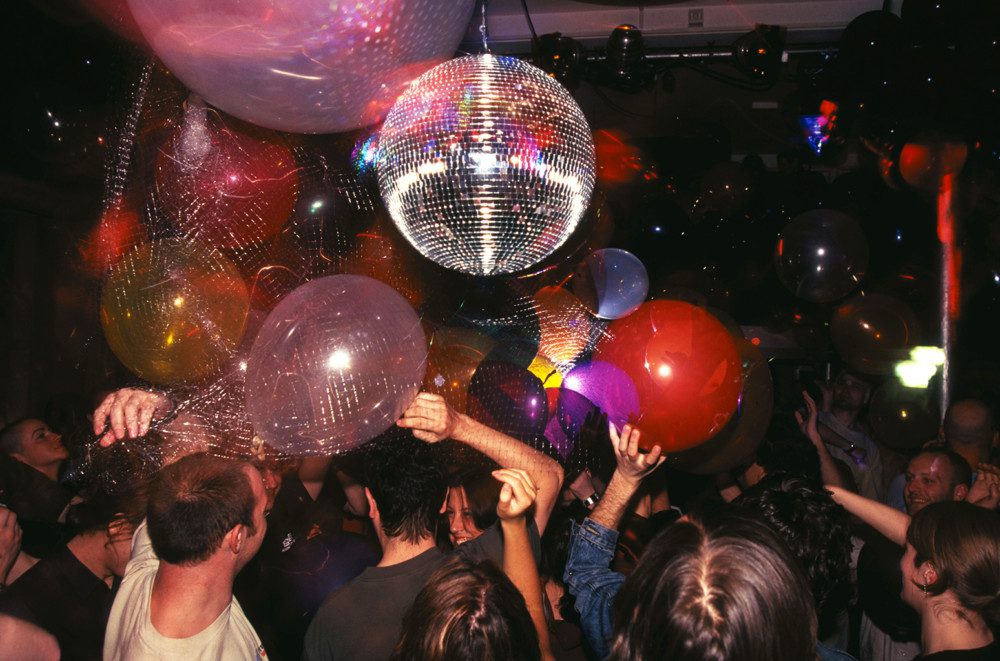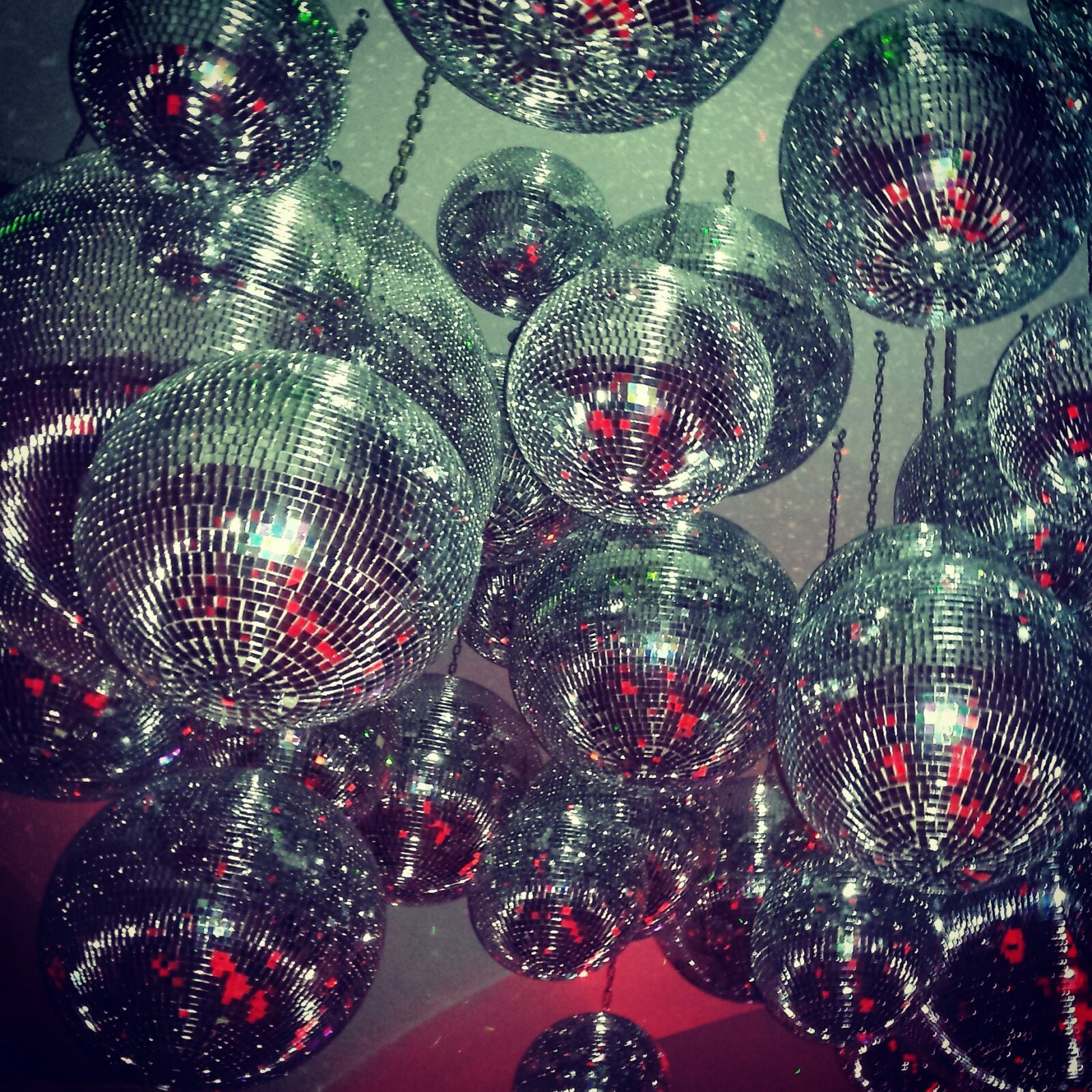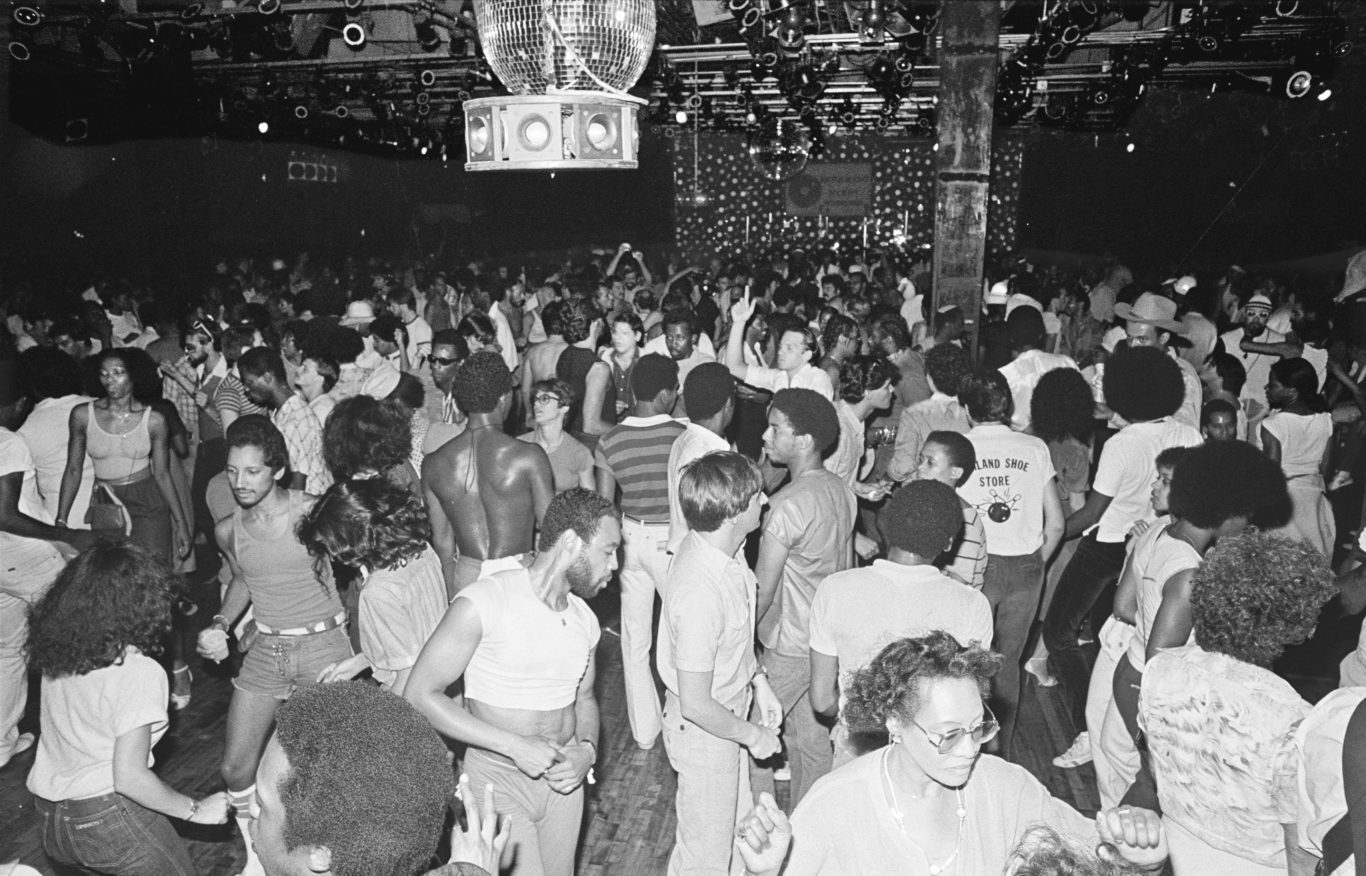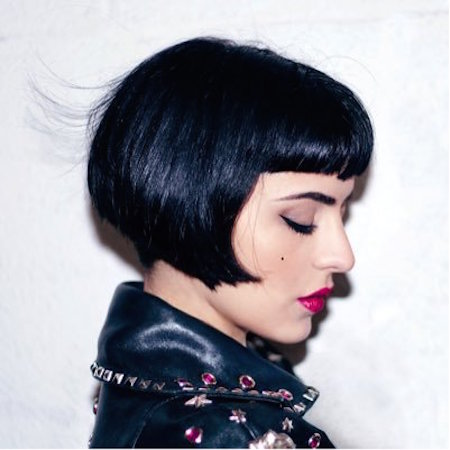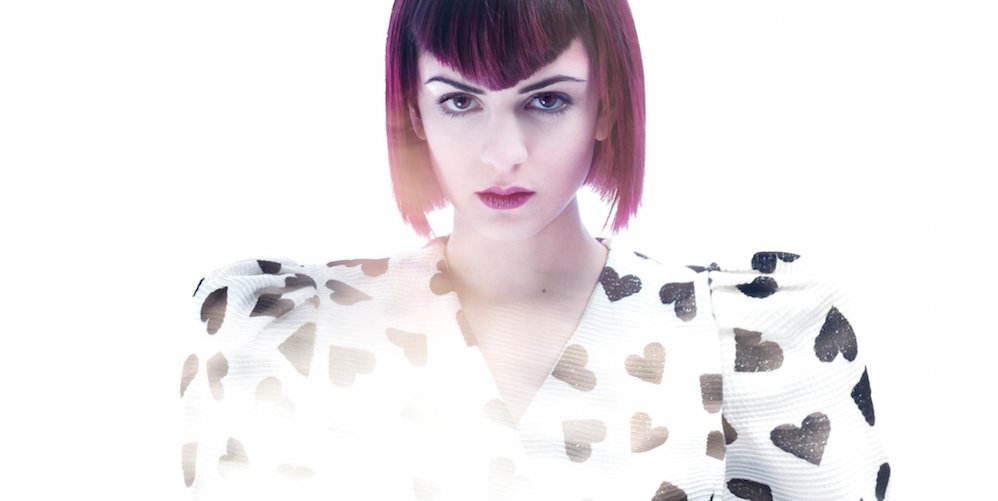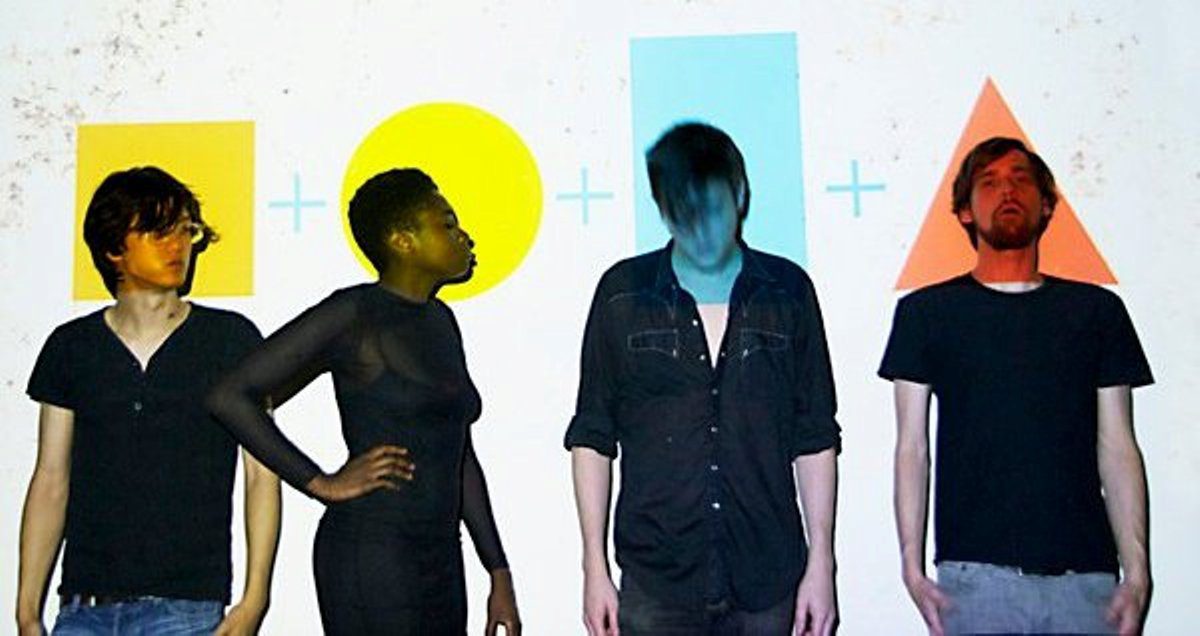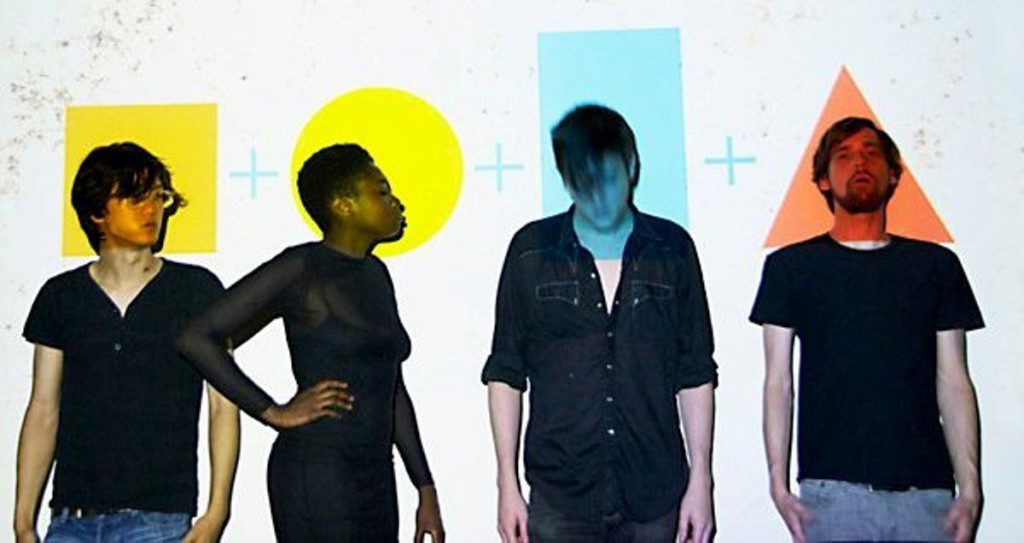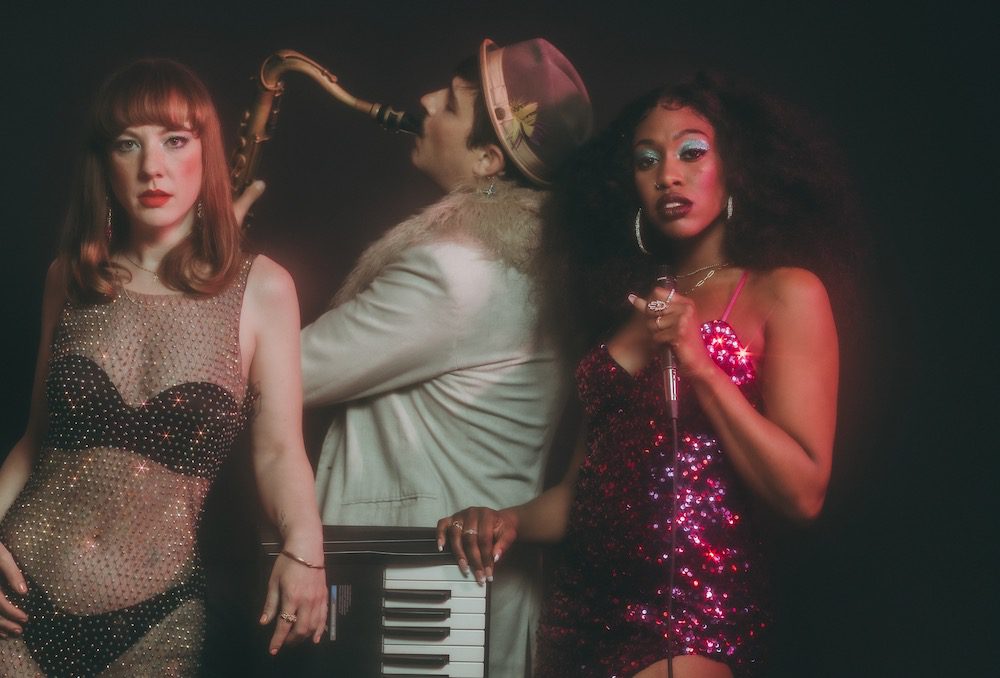

Throughout much of September, Kate Mattison and Lola Adanna have been working double-duty at concert venues across the U.S. The New York-based vocalists are the core of disco-soul group 79.5 and they’ve been opening for Durand Jones & the Indications since earlier in the month. Mattison and Adanna are also the headliner’s backup singers.
“We manifest it,” says Adanna of the touring situation. “We put that bug in their ear. I don’t think they really thought about it until we approached them with the idea.”
For the eight shows that had transpired before this interview, Mattison and Adanna performed as 79.5, wearing a different outfit for each opening set. Then, as the band and crew struck the stage post-performance, the two singers would quickly change into their outfits for the Durand Jones set, warm up with that band and then return to the stage. “We are on every day for soundcheck starting at 4 and we’re not done until midnight,” says Mattison. When Audiofemme caught up with Mattison and Adanna, they were enjoying time off in Las Vegas, in between gigs in Salt Lake City and San Diego. After this stretch of the tour ends on the West Coast, they’ll continue on the road as backup singers when Durand Jones & the Indications joins My Morning Jacket.
This is their first time 79.5 has been on the road since the start of the COVID-19 pandemic, and Mattison and Adanna are in agreement that the chance to be able to work again has been a big opportunity. “We just feel really blessed and really lucky and we’re going to keep going with it,” says Mattison.
The crowds have been varied from city to city. “I feel like every single crowd, every single night, has been different,” says Mattison. “Sometimes we get young kids and other times we get the grown and sexy crowd.”
It’s also giving them a chance to introduce audiences from Boston to Los Angeles to the sound that’s been evolving within the band. Their recent single “Club Level” is a funky disco jam wrapped up dreamy psychedelia, an amalgam of staticky radio transmissions like the imaginary station the band is named for. “The band now kind of morphed into this psychedelic jazz girl group-y harmonic freakout sometimes,” says Mattison. “It’s super cool and there’s a lot of space for this band to grow and we get to show off what we do to an audience that has maybe never heard us before.”
“We still have the 79.5 sound, but we’re also experimenting with different sounds and different types of music,” says Adanna. “So, I think that’s really exiting too, getting people prepared for it.”
Mattison launched the 79.5 project in 2010 and it long had a revolving lineup. By the time the group released debut full-length Predictions in 2018, a lot of the songs had been around for years. She and Adanna met as backup singers for Durand Jones & the Indications. “We just loved singing together,” Mattison says, so they continued to do that in 79.5.
In the process, 79.5 has become a more collaborative project. “I think that our voices blend together,” says Adanna. “We don’t necessarily have the same timbre of voice, but we complement each other so well.”
“Honestly, it just felt so natural,” adds Mattison.
“I also think that with the times that we’re going through right now— race, gender, all that— I think it’s beautiful to see two women, one Black and one white, come together and have really strong men back us up as well,” says Adanna.
Their influences are varied as well. Mattison, who is also a pianist, mentions Janet Jackson, Todd Rundgren and Alice Coltrane. Adanna says that, when it comes to both aesthetic and vocal influences, she’s drawn to Donna Summer and Diana Ross for this project. It’s a different vibe for the singer, who describes herself as “beltastic.” With 79.5, though, she has to take a more understated approach. “For me, it’s easy to belt,” she says. “To pull it back was a challenge and it was a welcome challenge.”
On the road, where they’re singing in two sets per gig, they’ve had to take it easy on their voices when they can. “We have lots of remedies,” says Adanna; tea, honey and lozenges are among them. “Anything that can protect the voice because we’re singing double-time and you want to give 100% at every show, so you definitely have to take care of your vocals,” she adds. Mattison brought along her mat to do some yoga too, but finding time to practice in the midst of tour has been a challenge.
It’s been an intense schedule for Mattison and Adanna, but they seem to welcome it after more than a year without tours. “It feels amazing because we get to work again,” says Mattison. “Who knows what’s going to happen after this with the entertainment industry, but right now, we’re just trying to live in the present.”

